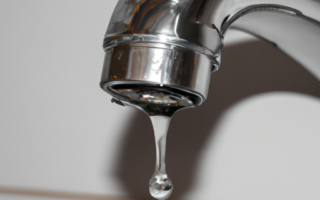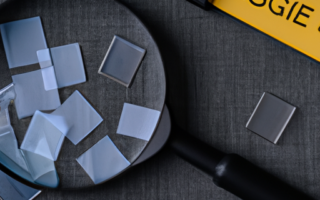Utilizing Advanced Sensors in Water Leak Detection
Water leaks can cause significant damage to homes, buildings, and infrastructure. Detecting and repairing leaks promptly is essential to prevent further damage and conserve water resources. Technology, specifically advanced sensors, plays a crucial role in effective water leak detection.
Traditional methods of detecting water leaks often rely on visual inspections or manual monitoring of water meters. While these methods can be effective to some extent, they are not always reliable, especially in detecting underground or hidden leaks. Moreover, manual monitoring can be time-consuming and labor-intensive.
With advancements in sensor technology, water leak detection has become more efficient and accurate. Advanced sensors are designed to detect even the smallest leaks and provide real-time data on water consumption patterns. These sensors can be installed at various points in a water supply system, such as pipelines, valves, or meters.
One type of advanced sensor commonly used in leak detection is acoustic sensors. These sensors use sound waves to identify leaks by detecting changes in noise patterns within pipes. When water escapes from a pipe, it creates distinct sounds that can be picked up by the acoustic sensors. The data collected by these sensors can then be analyzed to pinpoint the location of the leak.
Another type of sensor used in water leak detection is flow sensors. These sensors measure the flow rate of water in pipes and can identify abnormalities in the flow pattern, indicating the presence of a leak. By continuously monitoring the flow rate, these sensors can trigger alarms or alerts when a sudden change in flow is detected, allowing for immediate action to be taken.
Some advanced sensors also incorporate pressure sensors, which measure the pressure within the water supply system. Changes in pressure can indicate the presence of a leak or a malfunctioning valve. By monitoring pressure levels, these sensors can alert users to potential leaks or system failures.
The data collected by advanced sensors can be transmitted wirelessly to a central monitoring system or a smartphone application, allowing for remote monitoring and real-time alerts. This feature enables timely detection and swift response to water leaks, minimizing potential damages.
In conclusion, technology has revolutionized water leak detection by introducing advanced sensors that offer accurate, real-time monitoring. These sensors, such as acoustic sensors, flow sensors, and pressure sensors, play a vital role in identifying leaks and enabling prompt repairs. By utilizing advanced sensors, water leak detection becomes more efficient, reducing water waste and preventing costly damages.
The Impact of Technology in Detecting and Preventing Water Leaks
Water leaks are a common problem in both residential and commercial buildings. They can cause significant damage to property and result in high water bills. Detecting water leaks early is crucial in order to prevent further damage and reduce the associated costs. In recent years, the advancements in technology have played a significant role in improving the efficiency and accuracy of leak detection.
One of the key technologies used in detecting water leaks is the installation of smart water meters. These meters are equipped with sensors that can detect abnormal water flow patterns. They can monitor water usage in real-time and alert users or building managers when a potential leak is detected. This allows for quick intervention and prevents the leak from worsening.
Another important technology used in leak detection is acoustic leak detection. This method uses special equipment that can detect the sound of a leaking pipe by picking up the vibrations caused by the water escaping. By pinpointing the location of the leak, repair teams can quickly fix the problem, minimizing potential damage.
In addition to these technologies, there are also advanced leak detection systems that use sophisticated algorithms to analyze water usage patterns and identify abnormalities. These systems can detect even minor leaks that may go unnoticed by traditional methods. By continuously monitoring and analyzing water flow data, these systems can provide early warning signs of potential leaks and prevent major water damage.
Furthermore, the use of remote monitoring systems has revolutionized leak detection. These systems allow building managers or homeowners to remotely monitor their water usage and receive alerts in real-time if any abnormalities are detected. This not only helps in detecting leaks but also encourages water conservation by providing insights into usage patterns and identifying areas for improvement.
The impact of technology in detecting water leaks cannot be underestimated. It has not only improved the efficiency and accuracy of leak detection but has also reduced the response time in fixing leaks. This ultimately saves water, reduces the risk of property damage, and lowers the cost associated with water leaks. As technology continues to advance, we can expect further improvements in leak detection systems, making them even more effective and reliable.



